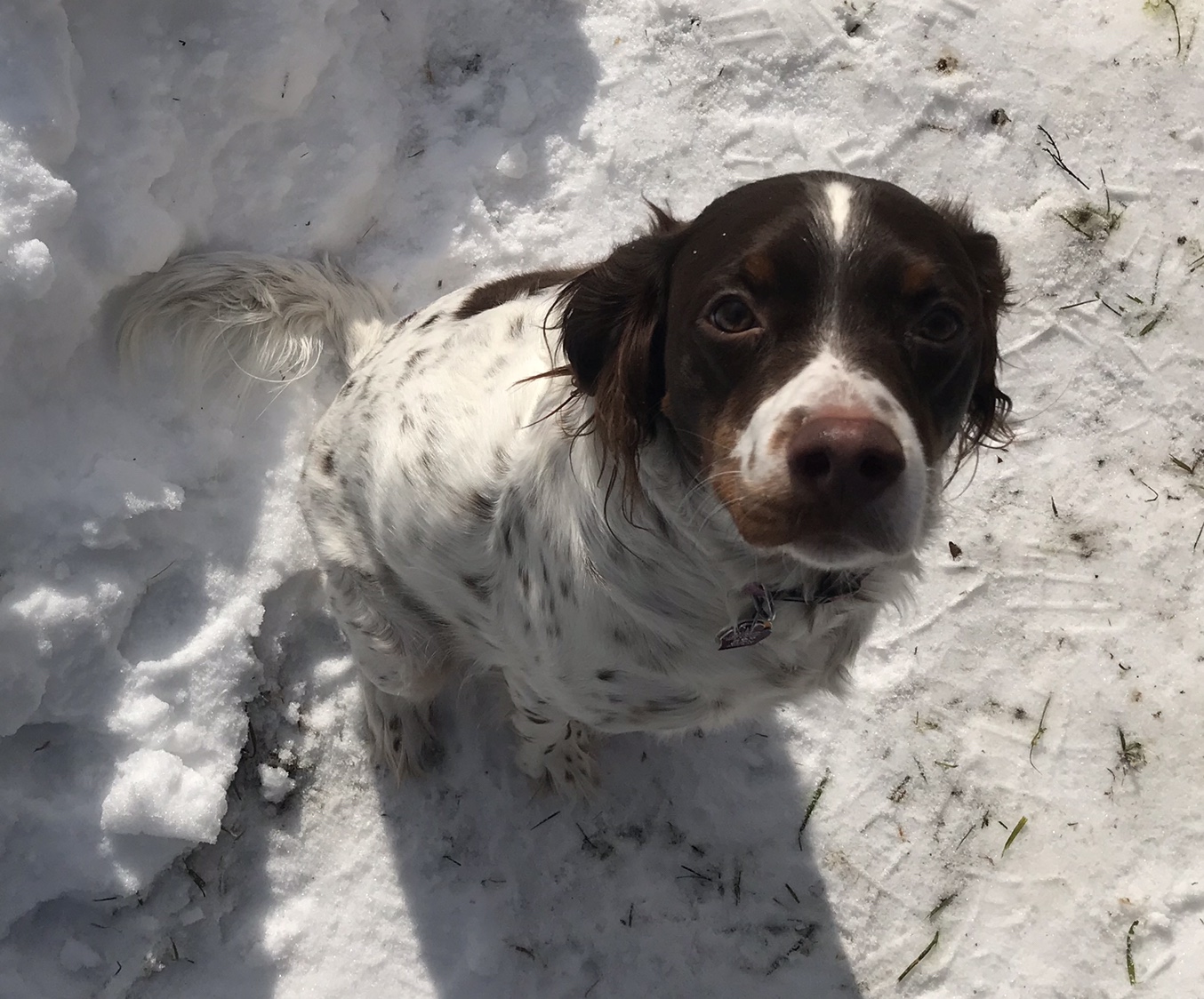Crafty_Brewer
Well-Known Member
- Joined
- Feb 13, 2014
- Messages
- 77
- Reaction score
- 32
Yesterday was an outdoor winter brew day for me. Mostly sunny, 21F, slightly breezy.

The temperature didn’t pose any issues.
I lost 4F over an hour mashing in the igloo cooler; I did stir and check temp every 15 minutes, I may just keep the lid on in the future, but I was curious what the cold would do to my mash temps.
I tried out Biermuncher’s saucepan sparge and hit around 80% efficiency compared to my normal 70% when I batch sparge. I may have to install a spigot in my HLT and build a sparge arm, because now I’m hooked on the fly sparge.
My windscreen I fashioned after Bradsul’s design; I was able to keep the burner very low to maintain a vigorous boil and didn’t have to re-light at all. More LP efficient than in the summer without the screen, it will be a regular addition to my setup now. I used clothespins instead of rivets as a temporary measure, because I want to integrate the flashing windscreen into an upcoming brew stand design.
For cooling I used an aquarium pump in a bucket of water/snow fed through my immersion chiller (with a GFCI dongle), as 21F temps with snow on the ground would have led to a frozen hose.
I brewed a mostly Irish Stout:
Dunedain Stout:
70% Maris Otter
20% Flaked Barley
10% Roasted Barley
153F single infusion mash, 60 min
Boil 60 min
EKG & Fuggles at 60 min, 0.8:1 BU:GU
WLP-028 Scottish Ale Yeast
Fermenting at 66F

The brew dog was enjoying being outside.
I still need to get something to deal with the snow/rain, but winter doesn’t have to interfere with brewing. Maybe next time I need to wait until it is 0F and/or snowing and report back with more outdoor winter brewing.

The temperature didn’t pose any issues.
I lost 4F over an hour mashing in the igloo cooler; I did stir and check temp every 15 minutes, I may just keep the lid on in the future, but I was curious what the cold would do to my mash temps.
I tried out Biermuncher’s saucepan sparge and hit around 80% efficiency compared to my normal 70% when I batch sparge. I may have to install a spigot in my HLT and build a sparge arm, because now I’m hooked on the fly sparge.
My windscreen I fashioned after Bradsul’s design; I was able to keep the burner very low to maintain a vigorous boil and didn’t have to re-light at all. More LP efficient than in the summer without the screen, it will be a regular addition to my setup now. I used clothespins instead of rivets as a temporary measure, because I want to integrate the flashing windscreen into an upcoming brew stand design.
For cooling I used an aquarium pump in a bucket of water/snow fed through my immersion chiller (with a GFCI dongle), as 21F temps with snow on the ground would have led to a frozen hose.
I brewed a mostly Irish Stout:
Dunedain Stout:
70% Maris Otter
20% Flaked Barley
10% Roasted Barley
153F single infusion mash, 60 min
Boil 60 min
EKG & Fuggles at 60 min, 0.8:1 BU:GU
WLP-028 Scottish Ale Yeast
Fermenting at 66F

The brew dog was enjoying being outside.
I still need to get something to deal with the snow/rain, but winter doesn’t have to interfere with brewing. Maybe next time I need to wait until it is 0F and/or snowing and report back with more outdoor winter brewing.


